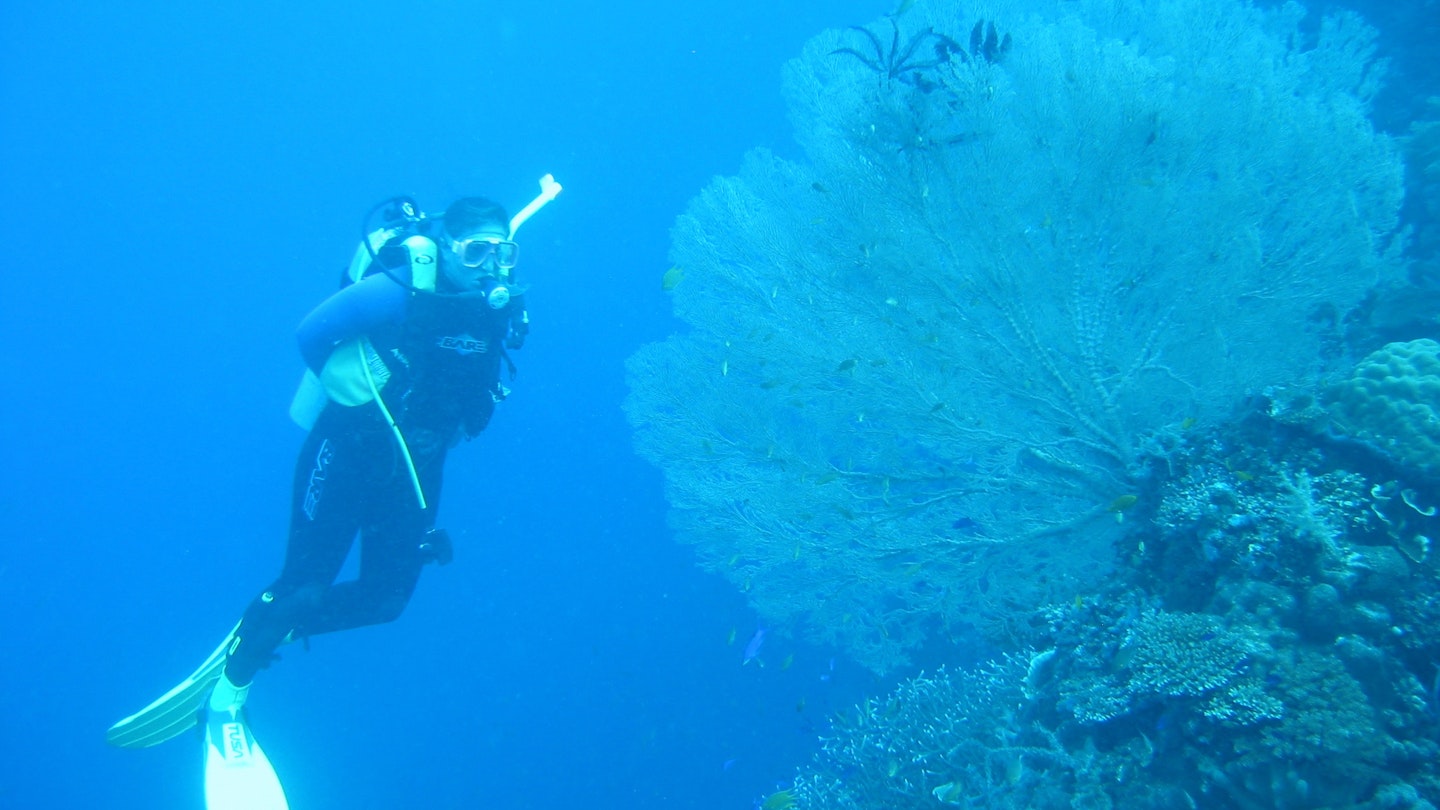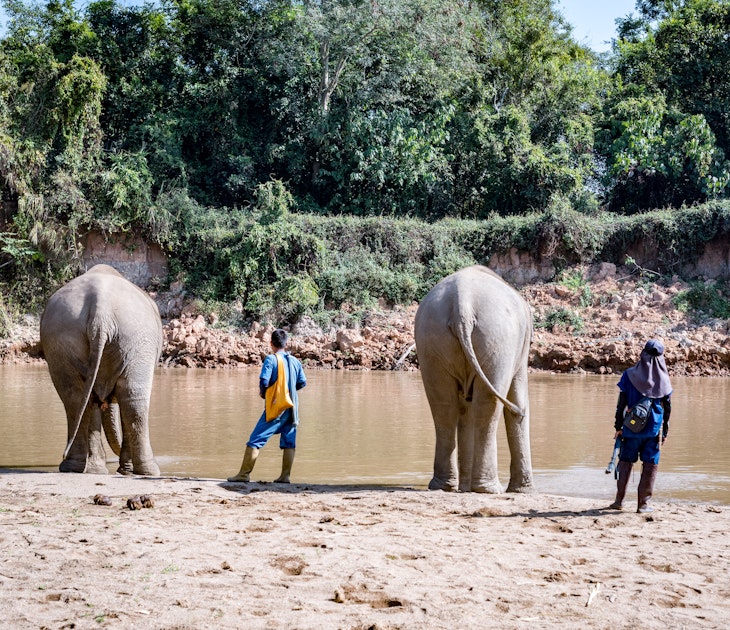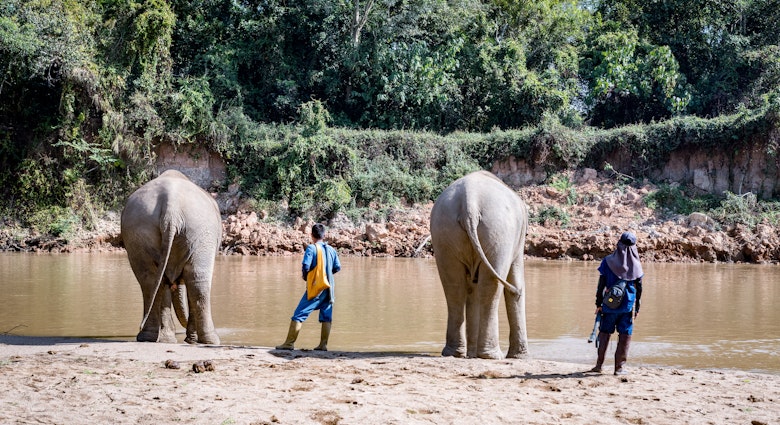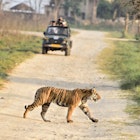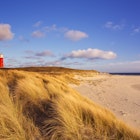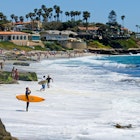Dr. Amanda Vincent is a professor at the Institute for the Oceans and Fisheries at The University of British Columbia and the director and co-founder of Project Seahorse – an international organization committed to conservation and sustainable use of the world’s coastal marine ecosystems. She is the 2020 winner of the Indianapolis Prize, the world’s leading award for animal conservation. The biennial prize recognizes and rewards conservationists who have achieved major victories in advancing the sustainability of animal species and includes a $250,000 award.

You’ve dedicated your life to the underwater world, but what are your earliest memories of the sea? Did you immediately feel a connection to it?
I’ve always felt this visceral pull to the ocean. There’s something about its vastness and power and absolute confidence that speaks to my soul. I learned to dive more or less by accident. Many years later, my interest in male pregnancy lured me underwater to watch seahorses, where I fell entirely in love with the marine world.
What does an average day look like in your world?
I’m a single parent with a 10-year-old son and 13-year-old daughter so life is full and very wonderful. Before the Covid-19 pandemic, we were on the go all the time. I usually start work at 5 am to make international calls before the kids wake. Once they’re off to school, I head to the university for teaching, graduate students and teamwork. I begin to tackle the emails when my kids are back in bed. Fieldwork is a whole other story, of course, but that happens far too seldom these days – more’s the pity.
Where’s a great place for divers or snorkelers to see seahorses in the wild?
I’m torn between wanting to share the magic of wild seahorses (and encourage interest in their conservation) and wanting to keep remaining populations out of harm’s way. You’re more likely to find larger numbers of seahorses in seagrasses and soft-bottom habitats than in coral reef areas. One good area is the Ria Formosa estuary in Portugal, where Project Seahorse has long been working with the University of the Algarve on management and conservation. Those populations are under threat from illegal fishing so tourism could help add value to the seahorses in the wild and build political will to enforce existing protections.
Where’s your favorite place to dive?
Most of my diving has been in damaged habitats, trying to figure out what to do for species and spaces that are in trouble. I feel the greatest affinity for two small patches of seagrass in the shallow waters of Sydney Harbor (Port Jackson) in Australia. It was there that I really immersed myself in the daily rituals of individual seahorses, watching them every dawn, and knowing each animal’s social life intimately.
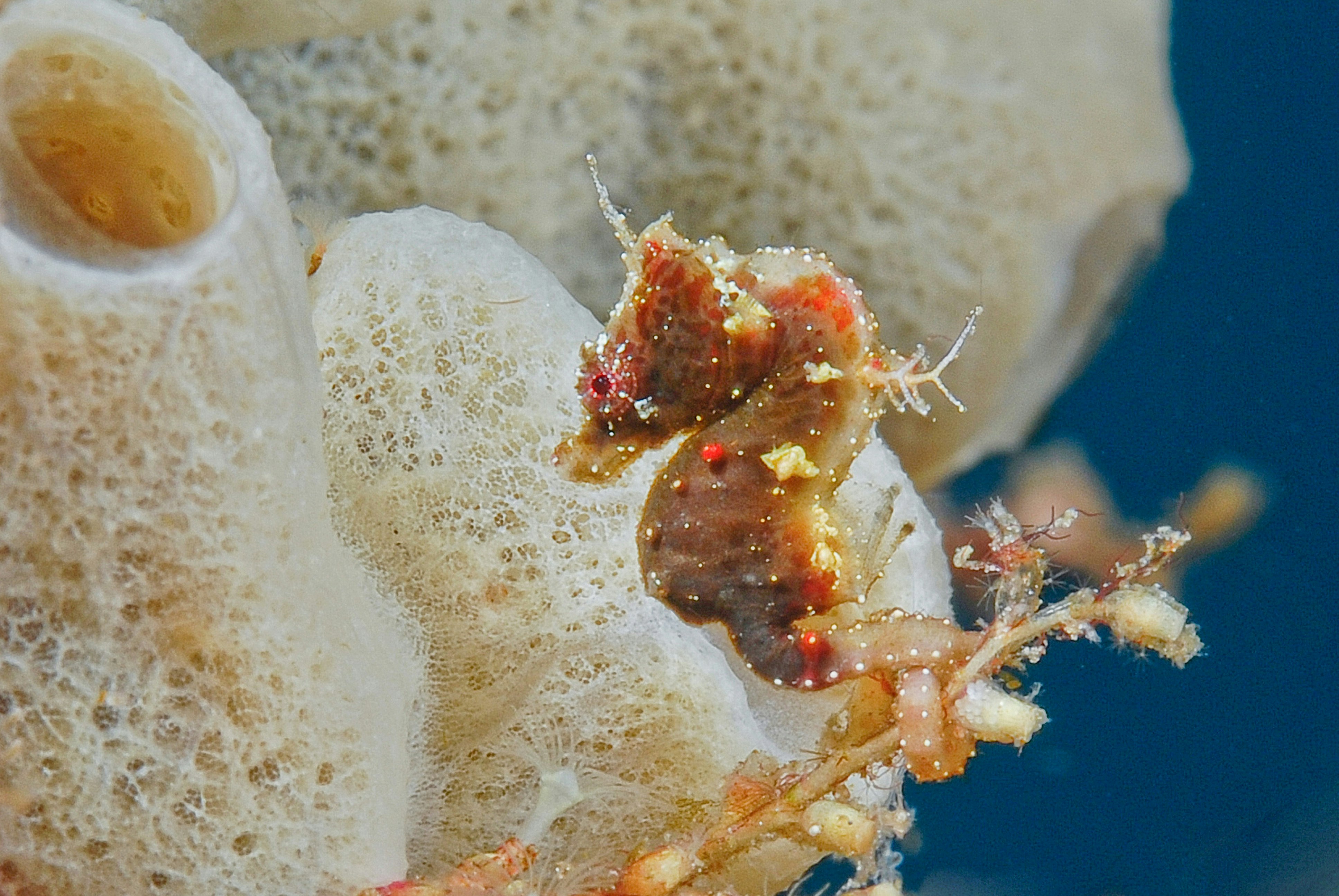
Seahorses aside, what are your other favorite species to observe in the ocean?
Pipefish! They are the nearest relatives of the seahorses and in many ways just as splendid, with various forms of male parental care and interesting social lives. Otherwise, it might have to be sea snakes – watching them fish is quite marvelous, with their sinuous bodies exploring every nook and cranny. There’s always that slight apprehension, too, that the snakes might surface near you, as they are very venomous.
Do you have a favorite place you’ve visited?
My two children and I recently spent a sabbatical year travelling around the world, twice, for my marine conservation work. We had roughly six glorious weeks each in India, Patagonia, China, and South Africa before landing in France for five months. Along the way we had a week each in Rapa Nui (Easter Island), the Philippines and Iceland. It was absolutely magical to immerse ourselves in coastal communities and conservation endeavors, watching wildlife and exploring management options. Closer to home, we always love going to the west coast of Vancouver Island and immersing ourselves in the wild ocean off Tofino.
What about a destination you haven’t visited but would love to?
As my daughter puts it, “we will go anywhere that has a story to tell.” In that context, we’d love to kayak in Haida Gwaii, an archipelago off the northern coast of British Columbia, that has a rich natural beauty and a hugely important cultural heritage. I also keep hoping somebody will discover a polar pipefish so I can justify a trip to Antarctica or Canada’s far North. Maybe I should just go and look for it myself.
What was your reaction when you learned you were a 2020 Indianapolis Prize Finalist? How does it feel to be one of the world’s top conservationists?
I’m delighted to have the opportunity to draw more attention to the ocean and marine life. The ocean represents 99 percent of the living space on Earth yet is very ‘other’ to most people. I am determined that our work on the quirky seahorses should bring attention to the opportunities for the ocean: end bottom trawling, stop illegal fishing, protect habitats and address climate change.
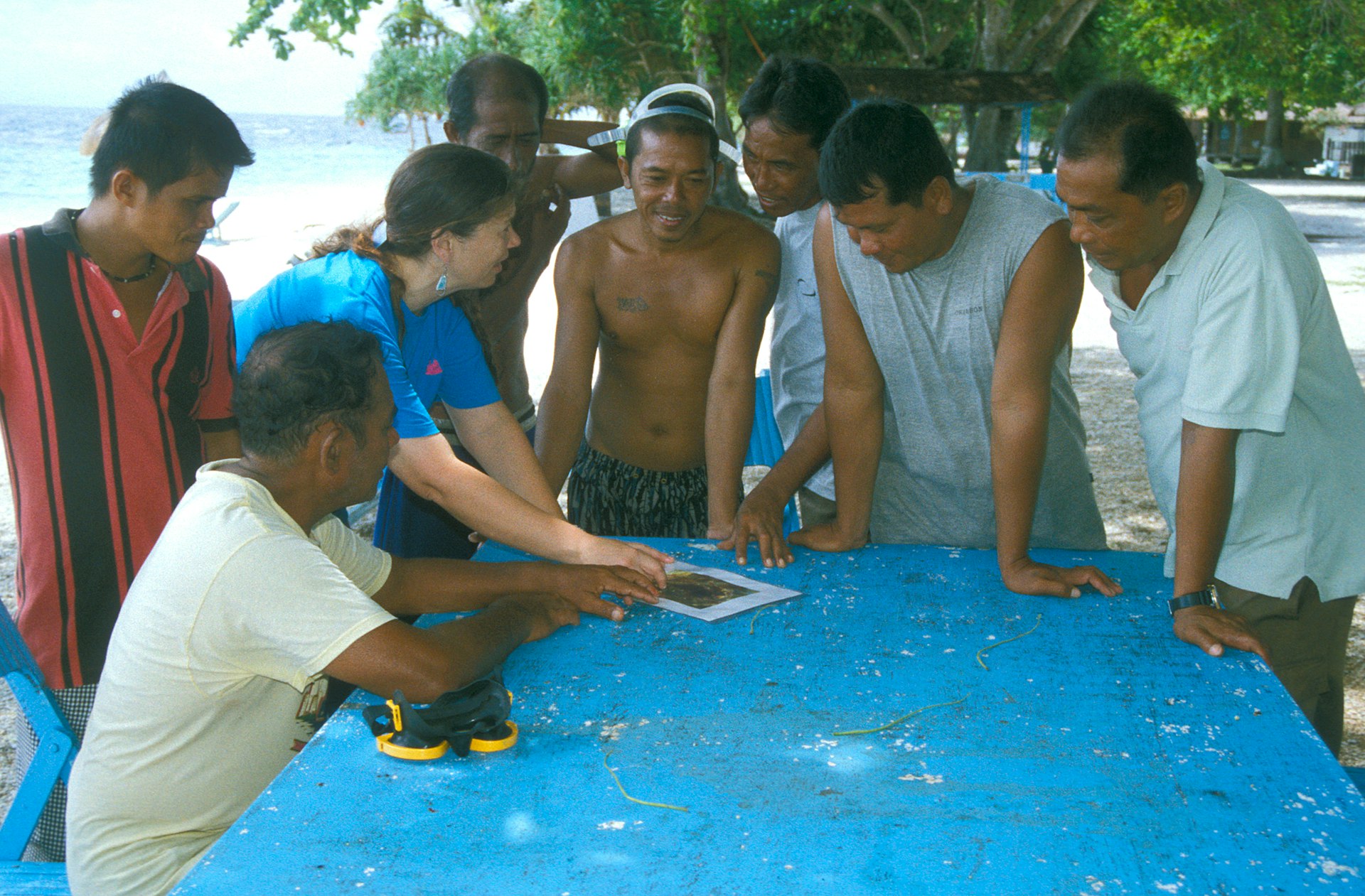
The award comes with a $250,000 cash prize, what will you do with the money?
I am planning a contribution to the fishing village in the central Philippines where our seahorse conservation work began, and a big thank you to our Project Seahorse team. I’d like to treat myself to an electric bicycle. Most of the rest will help pay for the specialized schooling that my young son needs.
What makes you most hopeful for the future of animal conservation?
Every person I’ve ever met was happy to hear a bit about seahorses. There’s our starting point – curiosity that can be converted to commitment. Our biggest hope lies in reaching into people’s hearts and guts with our stories on animals, what they mean to us and what they need from us. Every story needs to end with ‘...and that’s what you can do to help, now.’ Many more people must care enough to take action.
You might also like:
A seahorse biologist has won the world’s top animal conservation award
How to be a responsible wildlife tourist
How to be a better spotter: the golden rules of watching wildlife
This interview has been condensed and edited for clarity.
